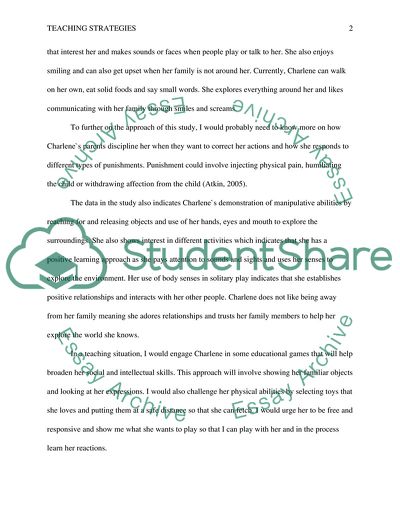Cite this document
(“Teaching Strategies and Curriculum Planning Used in Classroom Essay”, n.d.)
Teaching Strategies and Curriculum Planning Used in Classroom Essay. Retrieved from https://studentshare.org/education/1697164-ece440-week1-assignment-1
Teaching Strategies and Curriculum Planning Used in Classroom Essay. Retrieved from https://studentshare.org/education/1697164-ece440-week1-assignment-1
(Teaching Strategies and Curriculum Planning Used in Classroom Essay)
Teaching Strategies and Curriculum Planning Used in Classroom Essay. https://studentshare.org/education/1697164-ece440-week1-assignment-1.
Teaching Strategies and Curriculum Planning Used in Classroom Essay. https://studentshare.org/education/1697164-ece440-week1-assignment-1.
“Teaching Strategies and Curriculum Planning Used in Classroom Essay”, n.d. https://studentshare.org/education/1697164-ece440-week1-assignment-1.


